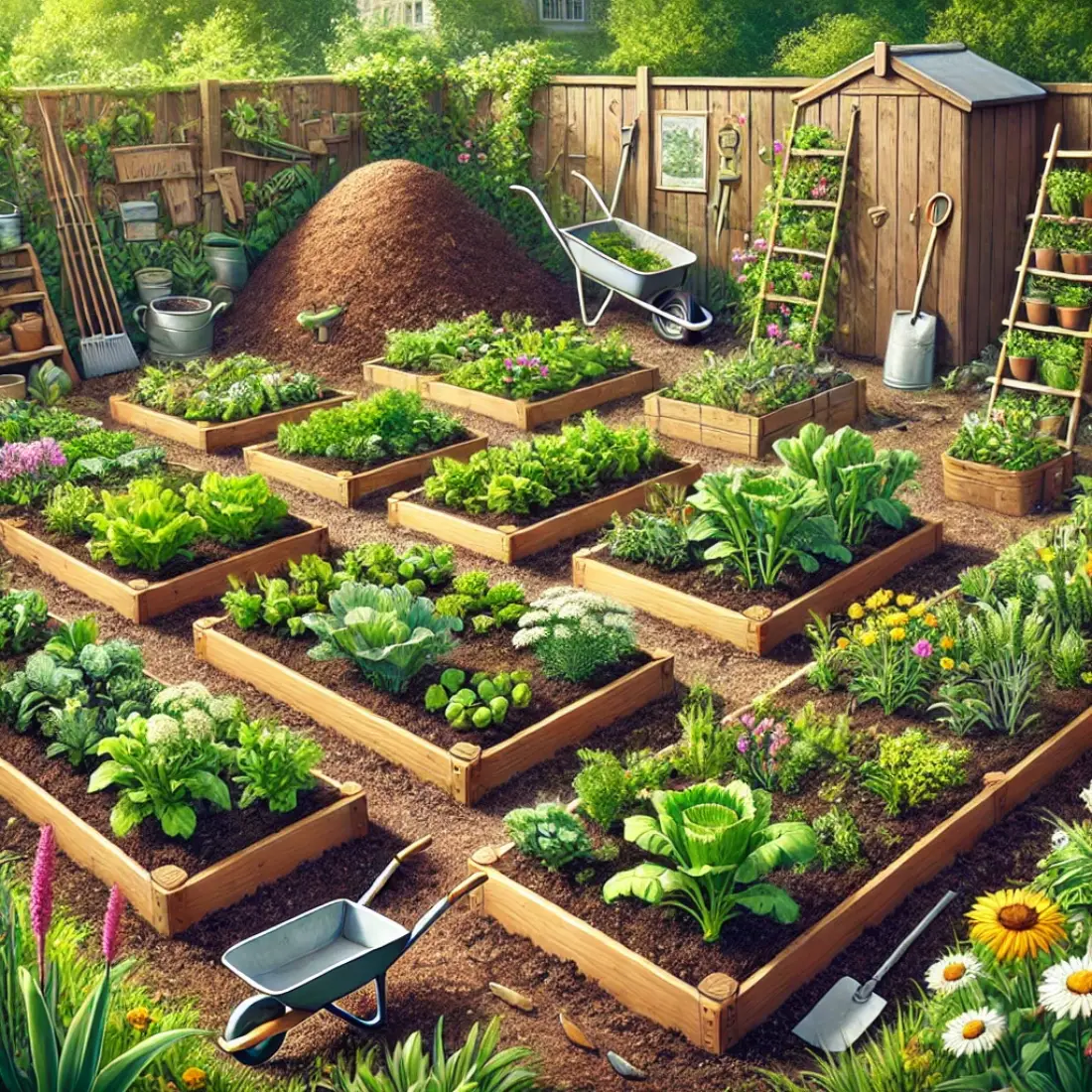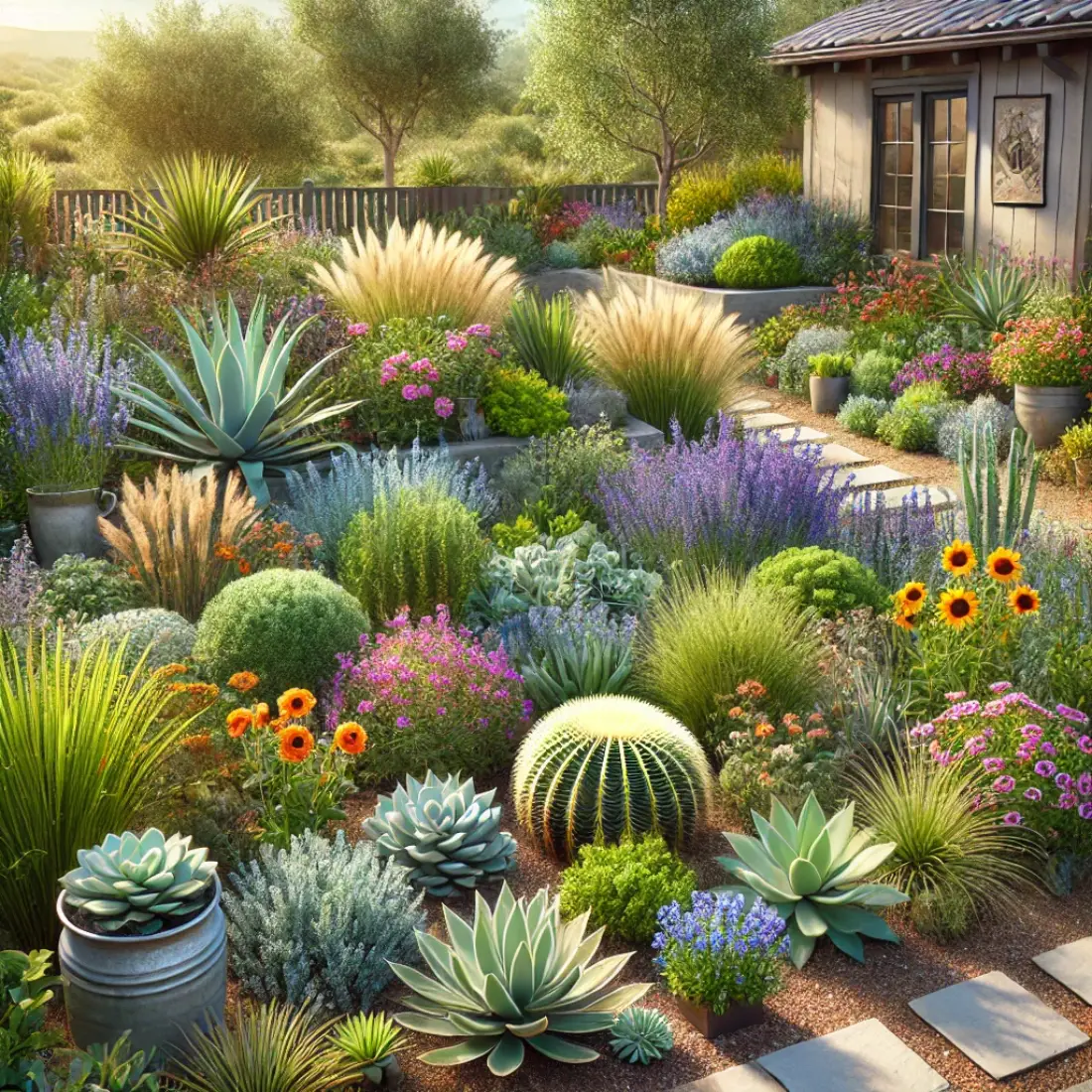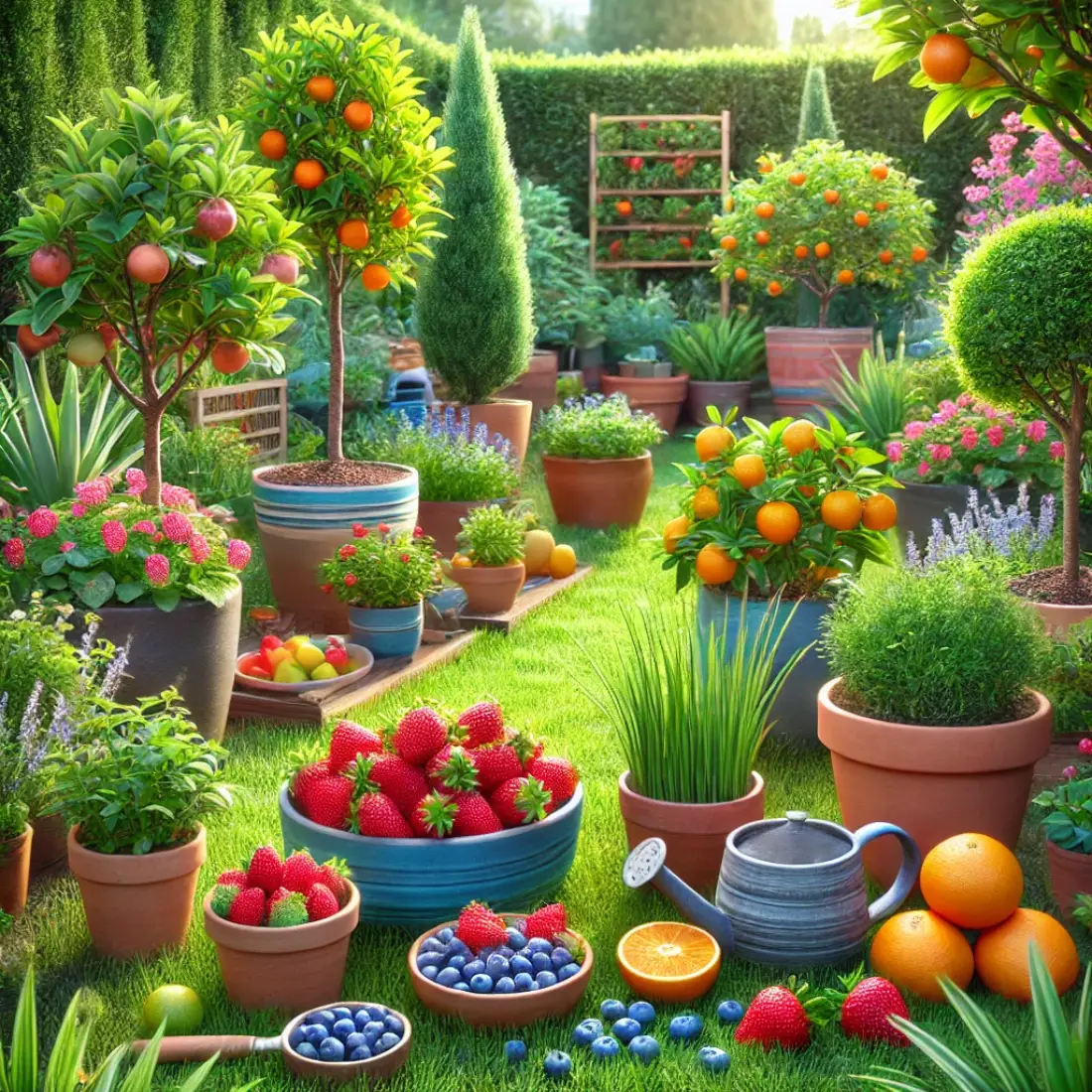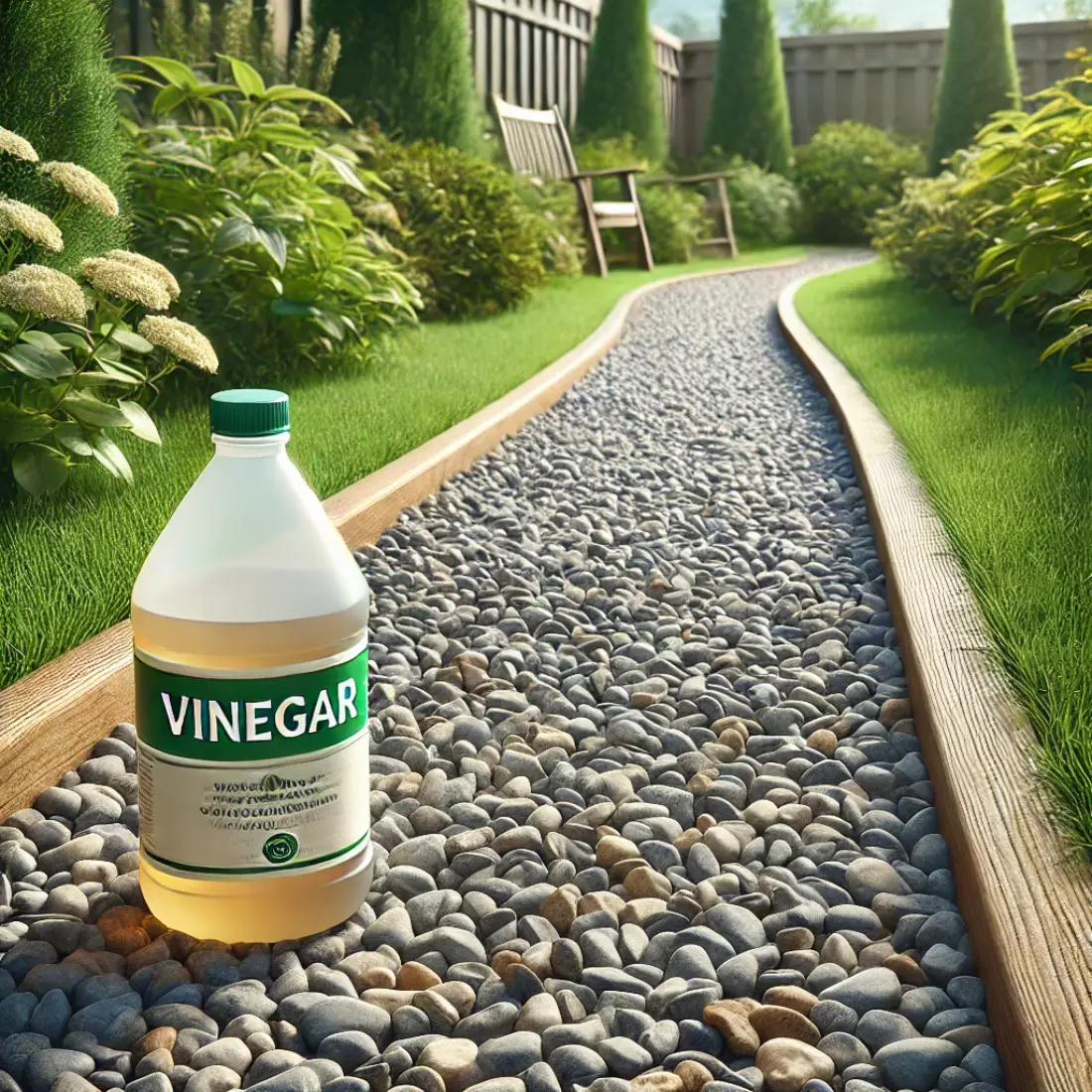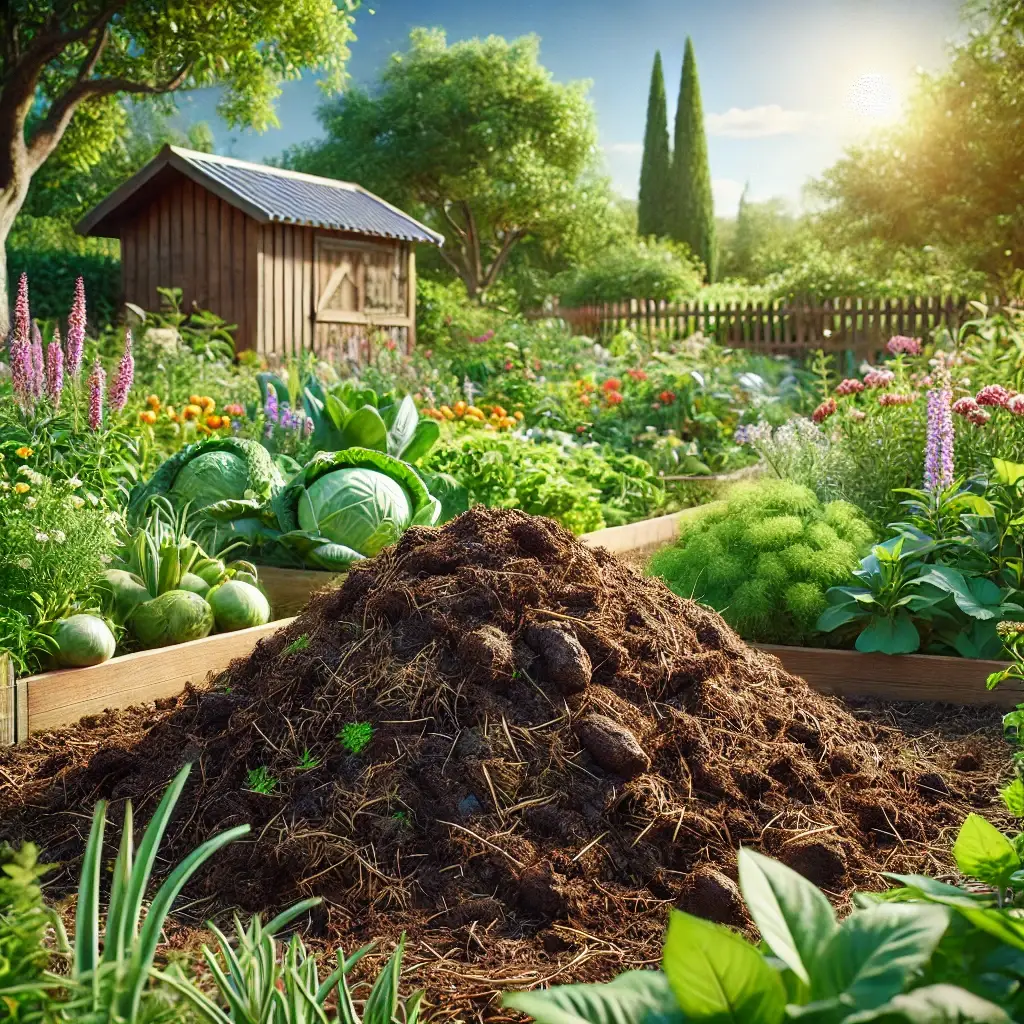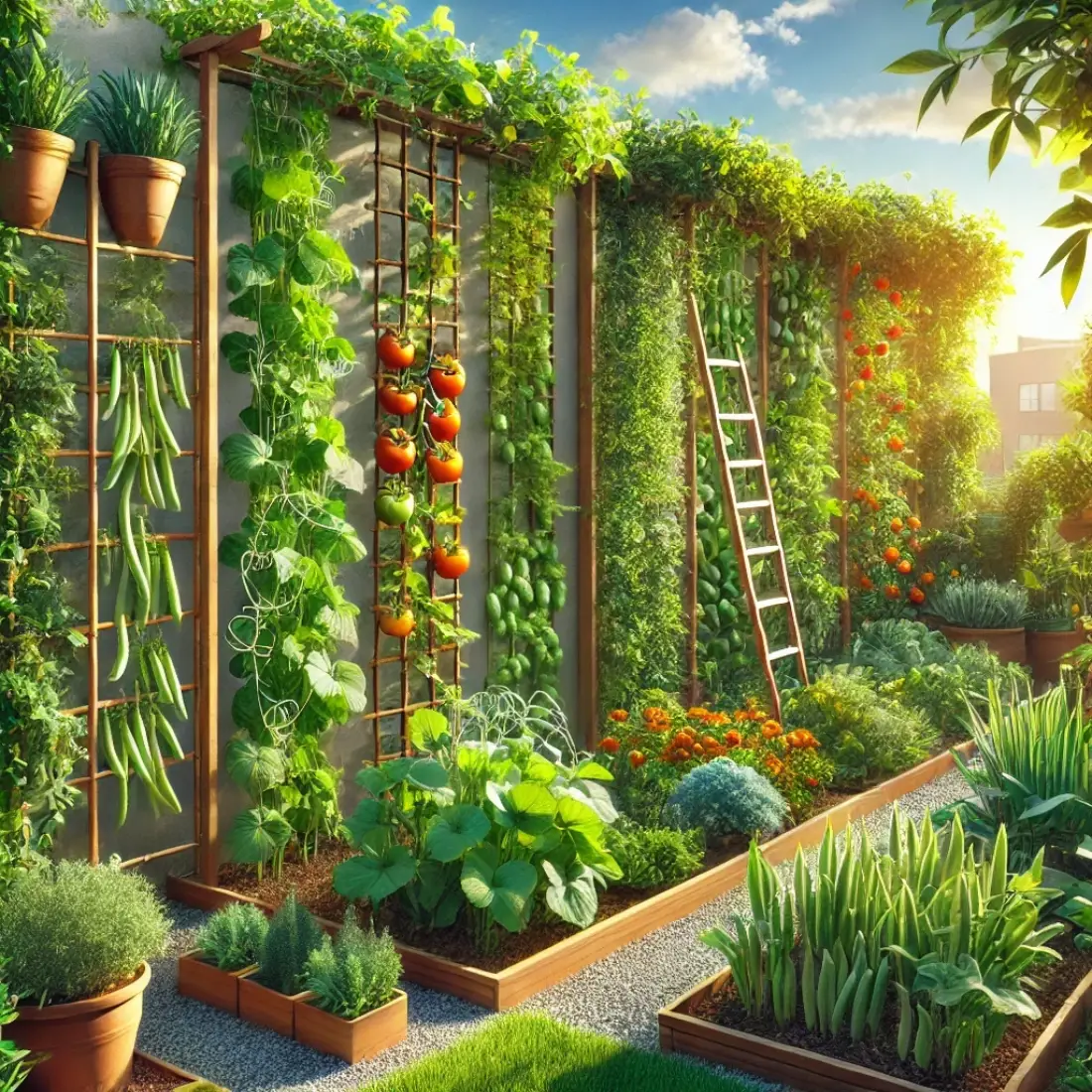A no-dig garden is a method of growing plants without disturbing the soil through digging or tilling. This approach is based on the principle that soil structure and its ecosystem are best left undisturbed. Originating from permaculture practices, the no-dig method uses layers of organic material, such as compost, manure, and mulch, to build soil fertility from the top down.
Key principles of no-dig gardening include maintaining soil health, enhancing biodiversity, and reducing physical labor. By avoiding soil disturbance, gardeners can preserve the natural structure and microbiome of the soil, leading to healthier plants and better yields.
How to Start a No-Dig Garden
Select a sunny spot for your no-dig garden. Most vegetables and flowers require at least 6-8 hours of sunlight daily. Ensure the area has good drainage to prevent waterlogging.
Materials Needed
To create a no-dig garden, you’ll need:
- Cardboard or newspaper: This forms the base layer to suppress existing weeds.
- Compost and organic matter: These layers provide nutrients and structure to the soil.
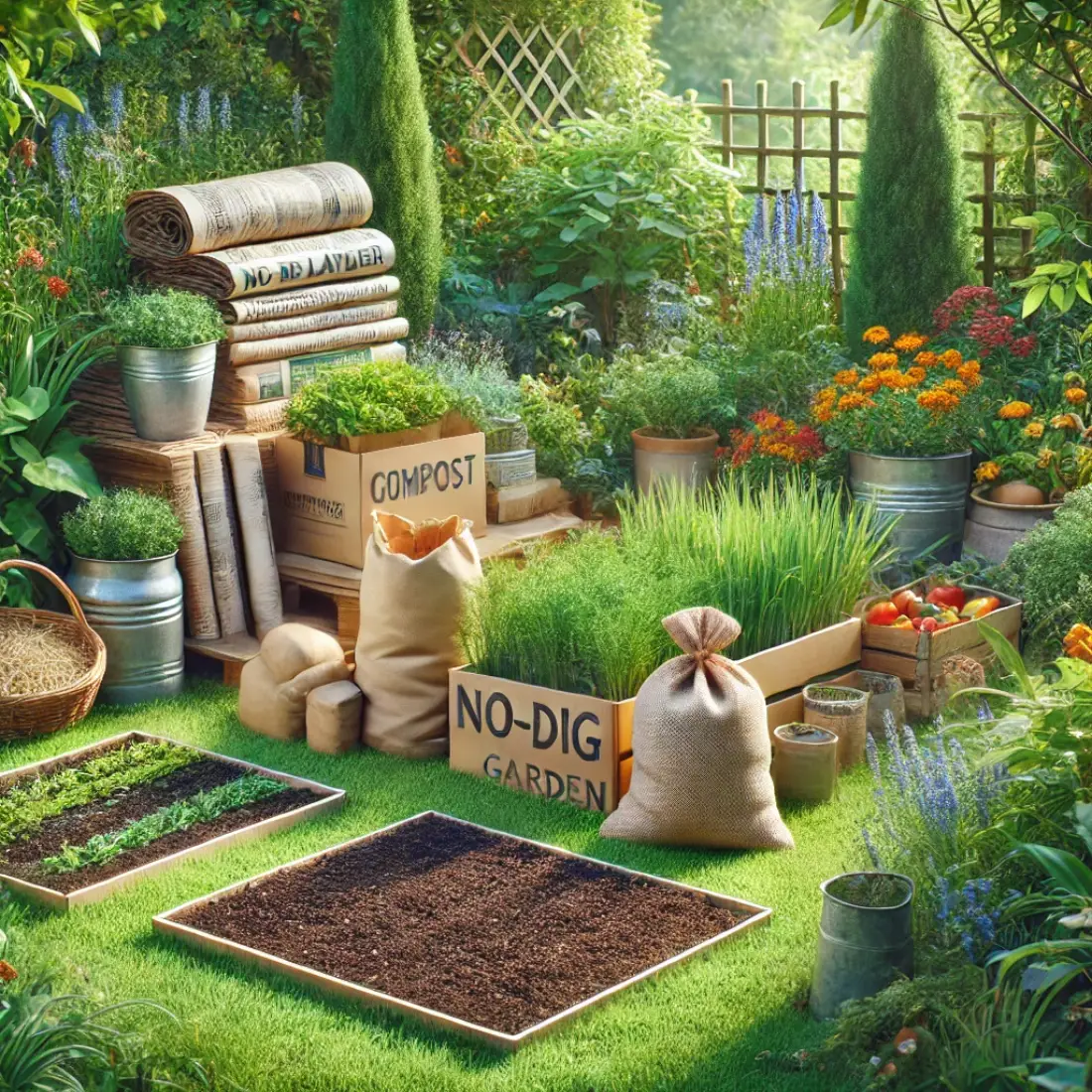
Step-by-Step Guide to Setting Up a No-Dig Garden Bed
- Prepare the Area: Clear the surface of large debris and level the ground if necessary.
- Lay Down Cardboard/Newspaper: Place a thick layer of cardboard or several layers of newspaper over the ground. Overlap the edges to ensure complete coverage.
- Add Compost and Organic Matter: Spread a layer of well-rotted compost or manure on top of the cardboard, about 4-6 inches thick. Add additional layers of organic matter, such as straw, leaves, or grass clippings.
- Water Thoroughly: Water each layer thoroughly to help the materials settle and start the decomposition process.
- Planting: Create small holes in the top layer of compost to plant seeds or seedlings. Ensure roots have good contact with the compost layer.
Tips for Different Soil Types and Climates
- Clay Soil: Add extra organic matter to improve drainage and soil structure.
- Sandy Soil: Use more compost to enhance moisture retention.
- Cold Climates: Start your no-dig garden in the spring to give the layers time to decompose before planting.
- Hot Climates: Add a thicker mulch layer to retain moisture and keep the soil cool.
Best Plants for No-Dig Gardens
Vegetables
Herbs
- Basil: Thrives in rich, well-drained soil.
- Mint: Grows vigorously and can be invasive.
- Rosemary: Prefers sunny spots and well-drained soil.
Flowers
- Marigolds: Deter pests and add color.
- Nasturtiums: Edible flowers that attract beneficial insects.
Perennials
- Asparagus: Requires patience but yields for many years.
- Rhubarb: Prefers cooler climates and well-drained soil.
Common Mistakes to Avoid
Overcompaction of Layers: Ensure layers are not compacted too tightly, as this can restrict air flow and root growth. Lightly fluff each layer before adding the next.
Using Contaminated Materials: Avoid using materials that may contain pesticides, herbicides, or other contaminants. Use organic and untreated materials whenever possible.
Neglecting Soil Testing: Test your soil periodically to monitor pH levels and nutrient content. Amend the soil as needed to maintain optimal growing conditions.
Ignoring Proper Plant Spacing: Overcrowding plants can lead to competition for resources and increased susceptibility to disease. Follow recommended spacing guidelines for each plant type.
Seasonal Care and Maintenance
Spring: Preparing Beds and Planting Early Crops
In spring, it’s crucial to refresh the top layer of compost in your no-dig garden. This provides a fresh nutrient source for your plants. Begin planting cool-season crops like peas, spinach, and radishes. These plants thrive in the cooler temperatures of early spring and help you get an early start on the growing season.
Summer: Mulching and Watering Tips
During the summer, apply a thick mulch layer to retain soil moisture and suppress weeds. This helps keep the soil cool and reduces the need for frequent watering. Ensure you water deeply and consistently, focusing on the root zones of your plants. Deep watering encourages roots to grow deeper, making plants more resilient to drought.
Autumn: Harvesting and Adding Organic Matter
In autumn, it’s time to harvest the remaining crops and clear plant debris from your no-dig garden. After harvesting, add a fresh layer of compost to replenish nutrients in the soil. This prepares the garden beds for the next growing season and ensures the soil remains fertile.
Winter: Cover Crops and Bed Protection
Winter is the perfect time to plant cover crops like clover or rye. These crops protect and enrich the soil by preventing erosion and adding organic matter. Additionally, cover your beds with straw or fabric to further protect them from harsh winter weather and minimize nutrient loss.
Organic Pest and Weed Control
Natural Pest Deterrents
To deter common pests in your no-dig garden, use garlic or neem oil sprays. These natural remedies are effective and safe for your plants. Introducing beneficial insects like ladybugs and predatory nematodes can also help keep pest populations under control.
Companion Planting
Companion planting is an excellent strategy to enhance pest control and improve plant health. Pair plants that benefit each other, such as tomatoes and basil. This method utilizes the natural properties of plants to deter pests and promote growth.
Homemade Insecticidal Sprays
Create homemade insecticidal sprays from ingredients like soap, chili peppers, and garlic. These sprays are easy to make, cost-effective, and environmentally friendly. They can help manage pest issues without resorting to harsh chemicals.
Mulching for Weed Control
Maintaining a thick mulch layer in your no-dig garden is a highly effective way to prevent weed seeds from germinating. Mulch suppresses weed growth and helps maintain soil moisture, creating an ideal environment for your plants.
Enhancing Soil Fertility
Composting Tips
Regularly add kitchen scraps and yard waste to your compost pile. This provides a continuous source of organic matter for your no-dig garden. Turn the compost regularly to aerate it and speed up the decomposition process, ensuring you have a steady supply of rich compost.
Using Green Manures and Cover Crops
Plant green manures like clover to fix nitrogen in the soil. These plants enhance soil fertility by adding organic matter and nutrients. Cover crops also protect the soil from erosion and improve its structure.
Crop Rotation Benefits
Rotate crops annually in your no-dig garden to prevent soil depletion and reduce pest buildup. Different crops have varying nutrient requirements and pest associations, so rotation helps maintain a healthy balance in the soil.
Adding Mineral Amendments
To add trace minerals to your soil, use rock dust or seaweed extract. These amendments provide essential nutrients that might not be available in sufficient quantities in the compost or organic matter, enhancing overall soil fertility.
Advanced No-Dig Gardening Techniques
Hugelkultur Beds
Hugelkultur beds involve building raised beds with decaying wood and organic matter. These beds retain moisture exceptionally well and provide a long-term nutrient source for plants as the wood decomposes.
Keyhole Gardens
Design keyhole gardens with central composting baskets for easy access and nutrient distribution. These circular gardens maximize space efficiency and ensure nutrients are evenly distributed from the central composting area.
Vertical No-Dig Gardening
Use trellises and vertical structures to maximize space in your no-dig garden. This technique is perfect for growing climbing plants like beans, cucumbers, and tomatoes, making the most of limited garden space.
No-Dig Greenhouse Gardening
Apply no-dig principles within greenhouse settings to extend the growing season and protect plants from harsh weather. Greenhouses provide a controlled environment where no-dig techniques can be effectively used to grow a variety of plants year-round.
FAQs on No-Dig Gardens
What is the main principle behind no-dig gardening?
The main principle behind no-dig gardening is to avoid disturbing the soil through digging or tilling. This helps preserve the natural structure and ecosystem of the soil, promoting healthier plant growth and reducing weed growth.
How soon can I start planting in a no-dig garden?
You can start planting in a no-dig garden immediately after setting up the layers of cardboard, compost, and organic matter. The plants will benefit from the rich nutrients provided by the compost.
Can I practice no-dig gardening in containers?
Yes, no-dig gardening can be practiced in containers. Use the same layering principles of cardboard, compost, and organic matter to create a healthy growing environment for your plants in containers.
Do no-dig gardens require less water?
Generally, yes. No-dig gardens require less water because the layers of mulch and organic matter help retain soil moisture, reducing the need for frequent watering.
What materials can I use for the base layer in a no-dig garden?
For the base layer, you can use cardboard or several layers of newspaper. These materials suppress existing weeds and break down over time, adding organic matter to the soil.
How thick should the compost layer be in a no-dig garden?
The compost layer in a no-dig garden should be about 4-6 inches thick. This provides a nutrient-rich environment for your plants to thrive.
Can I use green manures and cover crops in a no-dig garden?
Yes, planting green manures and cover crops in a no-dig garden is beneficial. These plants add nutrients to the soil, improve soil structure, and prevent erosion during the off-season.
How do I deal with pests in a no-dig garden?
To deal with pests in a no-dig garden, use natural pest deterrents like garlic or neem oil sprays. Introducing beneficial insects like ladybugs can also help manage pest populations.
Is it possible to have a no-dig garden in a small space?
Absolutely! No-dig gardening can be adapted to small spaces by using techniques like vertical gardening, container gardening, and keyhole gardens to maximize space efficiency.
What are some common mistakes to avoid in no-dig gardening?
Common mistakes to avoid in no-dig gardening include overcompacting the layers, using contaminated materials, neglecting soil testing, and overcrowding plants. Ensuring proper setup and maintenance will lead to a successful no-dig garden.

